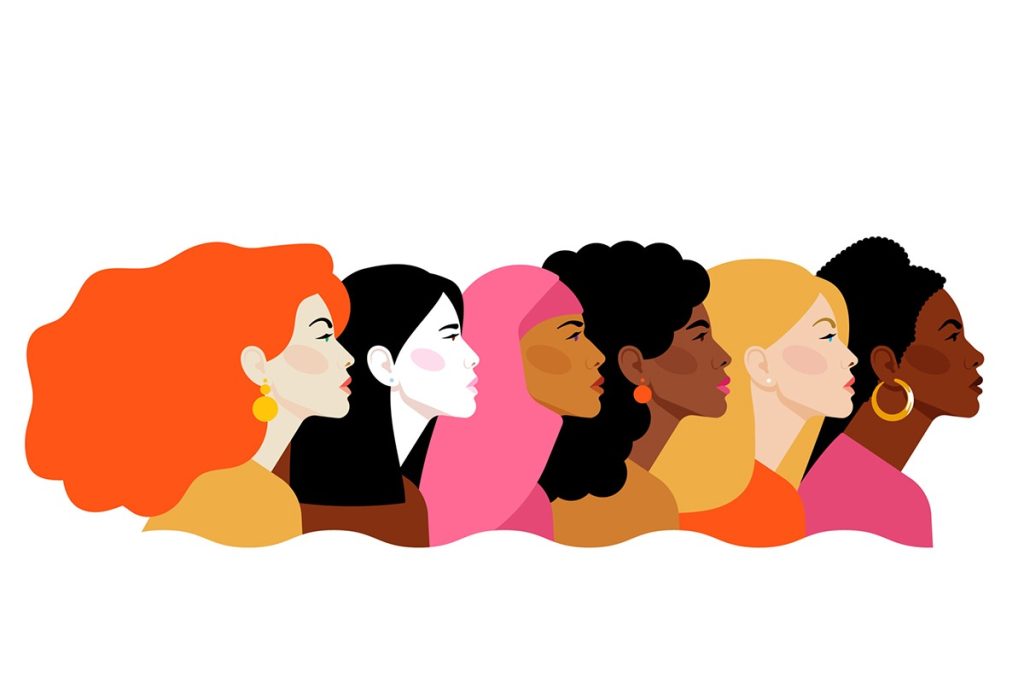’Mendelian inheritance’, ‘Watson-Crick model’, ‘Engel curve’, ‘Downs’ paradox’: so many discoveries, so many phenomenons – named after men. For sure – great scientific work deserves acknowledgment. But among all these male names, female names seem to disappear. Not even because women are just not being mentioned. Even worse: a great amount of work, originally belonging to women, was named after men, reaping the women’s recognition and reputation.
For centuries, women in research and science had to face obstacles: being oppressed by male colleagues, not being taken serious for their work, being banned from education or excluded from the canon. Nonetheless, throughout history, brave and strong women defeated those obstacles, let nothing hinder their passion and contributed to scientific development. However, most people cannot even name five female scientists – a sad and serious matter of fact.
Discouraged to enter science
One woman who was snubbed from receiving recognition was Esther Lederberg (1922 – 2006). She was a microbiologist and a major pioneer of bacterial genetics. Already in high school, Lederberg was advised not to study biochemistry since her teachers did not believe women could make a career in science. Nonetheless, she pursued a doctorate degree at the University of Wisconsin. After struggling to get a permanent academic position, Lederberg was hired as a professor at the University of Wisconsin. Here, she often collaborated with her husband Joshua Lederberg.
It was Esther who discovered the lambda phage, a bacterial virus. This discovery was central to understanding gene regulation and genetic recombination. However, her husband was the one winning the Nobel Prize in Physiology or Medicine for the work on genetic recombination in bacteria. Esther Lederberg, whose contribution was integral to this work, was not included.
Knowingly taking ideas
Let’s now look at another department of science: philosophy. In this branch, the disregard of women might be even worse. We can all name a bunch of philosophers: Aristotle, Plato, Kant, Freud, Mill. But how many female philosophers can you name? Probably not many. Not because there weren’t many female philosophers, but because they were and still are being ignored and excluded from the philosophical canon.
An example is E. E. Constance Jones. Jones (1848 – 1922) was an English philosopher and logician. Her most famous work is the New Law of Thought – the law of significant assertion – which was a subsequent work in philosophical logic. Furthermore, she was the first woman that presented a paper at the Cambridge University Moral Sciences Club. However, although Jones was a contemporary of famous analytical philosophers G.E. Moore and Bertrand Russell, her name and work is not publicly known and accounted. Even worse, Russell admitted he ‘took’ important ideas from Jones.
Don’t look down
Esther Lederberg and E. E. Constance Jones are only two examples of women whose work was ignored, or recognition reaped by men. And there are numerous more who significantly contributed to science and deserve more recognition and reward: astronomers Janet Taylor and Cecilia Payne-Gaposchkin, mathematicians Katherine Johnson and Grace Hopper, and so on and so forth. Even while facing those obstacles, all these women stuck to their passion, did research, drew scientific conclusions and made discoveries. No matter what challenges they had to face, how many battles they had to win. All this contributed to our scientific and technological development.
Women in science are necessary and important. That is why every girl and every woman should feel encouraged to study science, go into a field of research and contribute to scientific development. It is in the hands of all of us to create a better, more equal world. Just remember what Stephen Hawking said: “So remember to look up at the stars and not down at your feet. Try to make sense of what you see and wonder about what makes the universe exist. Be curious. Shape the future.”

Their is light at the end of the tunnel. I learned that the Curie in the Curie-Weiss law was NOT the double Nobel laureate, but her husband.